
In this episode I go through what I reckon are the top five lure styles for winter fishing anywhere in Australia based my personal experience and preferences.
What follows is far from a comprehensive list. In fact, it was extraordinarily difficult to narrow the selection down to just five lures. A number of strong contenders narrowly missed the cut, including metal blades, micro jigs, curl tail grubs, deep diving hard bodies, small surface poppers, and the underrated bucktail and marabou jigs.
You’ll have to listen to the audio to find out my rationale for omitting these lure styles. But for now, lets talk about the ones that did make the cut.
Soft Plastic Prawns
Appeal of Soft Plastic Prawns to Fish:
Prawns are a key dietary item for virtually every estuary species of interest to anglers. So it’s natural that soft plastic prawns are a top choice for estuary anglers in both southern to northern waters.
Availability of Prawn Imitations:
Almost every soft plastic lure manufacturer has picked up on the effectiveness of prawn imitations, so Australian anglers have plenty to choose from. Offerings vary tremendously in size, colour, action and rigging.
Versatility of Soft Prawns:
Soft plastic prawns are more effective across a wider range of scenarios than just about any other lure. Whether fishing over flats, targeting drains in northern estuaries, or exploring gutters and drains for southern flathead, the prawn’s versatility shines. They are equally useful when targeting deep, sluggish fish or working around structures.
Rigging Options for Different Environments:
Unweighted, unrigged soft plastic prawns offer the greatest flexibility. Rigging with exposed barbs is perfect for flats and open or deep-water applications. Weedless-rigged prawn lures excel in snaggy environments, providing opportunities to entice fish in and around structure. By far my favourite is the Pro Lure Clone Prawn, which can be rigged and weighted in numerous ways to fish just about any situation and species.
Mimicking Natural Prawn Movements:
Successful fishing with prawn lures usually involves imitating the natural movements of prawns. Anglers should adopt a slow and twitching retrieve, reflecting the typical motion of prawns that are not being hunted. Or they can use, a fast, fleeting retrieve to mimic a fleeing prawn. Whilst colour preferences may vary, the focus usually remains on the lifelike action of prawns in estuary fishing scenarios.
Soft Vibes
Versatility of Soft Plastic Vibes:
Like Soft Plastic Prawns, soft plastic vibes also stand out for their exceptional versatility, although they are probably more effective in deeper water as a general rule. Available in various sizes, from 60 to 150 millimetres and weights between 20 to 25 grams they’re suitable for a wide array of fishing scenarios.
Size Preference for Versatility:
The 90 to 100 millimetre size range proves to be particularly useful in estuaries and bays and will take a surprising range of species, particularly the larger predators.
Techniques and Retrieve Styles:
Soft vibes excel with a lift and drop technique or teabagging from a drifting boat or kayak. Slow rolling or fast burning are used less often but can be effective in the right circumstances. The subtle bites from larger species like barramundi and jewfish can surprise anglers. Maintaining a keen eye and using a visible braid can help turn ‘ticks” into hookups.
Optimal Rod and Retrieve Considerations:
To maximize the effectiveness of soft vibes, anglers benefit from slightly longer rods, typically around seven feet, providing the ability to lift the lure higher if needed. A reasonably fast taper rod enhances the lure’s action, ensuring a crisp and smooth lift off the bottom for optimal vibration.
Shallow Running Hard Bodied Lures
Diverse Range of Shallow Running Hard Bodied Lures:
This is a vast category of lures, varying significantly in sizes, actions and fishing styles. Small options like the Jackall Chubby are deadly on southern species whilst larger models like the Bomber 15A are prefect for barramundi up north. Estuary fish often come into shallow water for warmth on winter afternoons, making shallow runners effective on many species.
Floating or Suspending Characteristics:
Ideal shallow running hard bodies for estuary fishing in winter will either float or suspend. This provides versatility when casting upstream and drifting under overhanging vegetation or working across flats and drop-offs. Floating lures allow for strategic adjustments, including hook upgrades, without compromising the lure’s overall action.
Adaptability to Different Environments:
Shallow runners excel in diverse environments, including over oyster racks, shoals, shallow reefs, weed beds, and other structures. They can be precisely worked in various conditions, imitating injured baitfish effectively.
Versatile Adjustments for Lethargic Fish:
Upgrading hooks and strategically weighting a floating lure can convert it into a suspending one. This adds a powerful dimension to estuary fishing, especially when targeting sluggish fish during the cooler months.
Soft Plastic Frogs
Soft Plastic Frogs for Estuary Fishing in Winter:
Soft plastic frogs might be a surprise inclusion in my top lures for winter estuary fishing. In contrast to fishing with soft plastic prawns, I’m not mimicking nature when I fish with frogs. At least, not in the estuaries – estuary fish don’t see a lot of living frogs. In this situation the lure’s primary purpose is to carry a hook and attract a reaction bite rather than to imitate a frog.
Adaptable Rigging and Retrieval Techniques:
Soft plastic frogs can be rigged and fished in various ways based on the targeted species and prevailing conditions. For example, small frogs rigged weedless are effective for skipping under mangrove structures, enticing mangrove Jack with a rapid, flat-out retrieve. The same lure, with a twitch-pause technique, can become appealing to barramundi.
Versatile Use Beyond Mangroves:
Soft plastic frogs exhibit remarkable versatility beyond mangrove fishing. They can be effectively worked over oyster leases, weed beds, flats, and other areas. The lure’s skipability and snag resistance make it suitable for precise casts into tight spaces, even for less experienced anglers.
Subsurface Fishing with Weighted Frogs:
The adaptability extends to subsurface fishing by weighting the soft plastic frogs. This technique enhances body mass and presence, creating vibrations that attract a diverse range of species in both Northern and Southern estuaries.
Preferred Lure Styles:
Personal preferences for soft plastic frog styles lean towards those with a more slender body, distinct from the chunkier frog patterns used for largemouth bass fishing. For me, slender profiles offer effective skip casting, and better hook-up rates.
Floating Stickbaits
Small Floating Stick Baits for Estuary Fishing:
Small floating stick baits are a “must-have” in the estuary fishing kit. They’re highly effective for various species in southern estuaries, including tailor, trevally, Australian salmon, even flathead and whiting, to name a few. In northern Australia they’ll take barramundi, threadfin, queenfish, jacks and more.
Various Retrieval Techniques:
Small stick baits can be fished using diverse techniques. The most popular method involves a walk-the-dog style retrieve, creating a zigzag motion with intermittent pauses. Adjusting the retrieval style allows anglers to cater to different species and conditions.
Preferred Characteristics of Stick Baits:
The slender body and tail-weighted design of stick baits enhances castability and makes them suitable for various scenarios. The ability to throw water during a constant retrieve makes them effective for whiting, while the inclusion of pauses caters to the preferences of bream.
Bonus Lure Style: Paddletail Soft Plastics
Paddle Tail Soft Plastics for Estuary Fishing:
Paddle tail soft plastics are brilliant for estuary fishing. In southern regions they’re highly effective on jewfish, kingfish, estuary perch, bream, and flathead. In the north there are very few estuarine species that won’t nail a paddletail at times. The size of these lures varies based on the targeted species, ranging from two inches for bream to nine or ten inches for jewfish, flathead, or kingfish in specific circumstances.
Versatility and Applicability:
Paddletail soft plastics are incredibly versatile lures that can be fished in countless ways. They can be rigged weedless for surface fishing in mangroves, or slow-rolled through schools of jewfish. Sometimes burning them across the water surface will attract tailor, salmon or trevally. Or they can be twitched across sand flats for flathead or bream, and more.
Size and Tail Characteristics:
The size of the tail on paddletail soft plastics determines the sink rate and working speed. Larger paddles result in slower sinking and require a slower retrieve. They also displace more water, creating a more pronounced vibration and body roll (for example, the Pro Lure Fishtail). Interestingly, these lures can be modified on the water by trimming the tail or cutting off part of the head, offering anglers added flexibility.
Rigging Options:
Paddle tail soft plastics can be rigged in various ways, including weedless using worm hooks (unweighted or with belly weights), snake lock style jig heads, or standard J hooks with or without a stinger. The diverse rigging options cater to different fishing scenarios and angler preferences.
Soft Plastic Lure Fishing Hacks 101 With Greg Vinall
EPISODE # Check out our archives for more information on Botany Bay Fishing Spots!Fishing with soft plastic lures can be incredibly rewarding if you know how to use them effectively. With over 25 years of experience, I've picked up a range of tips and tricks that can...
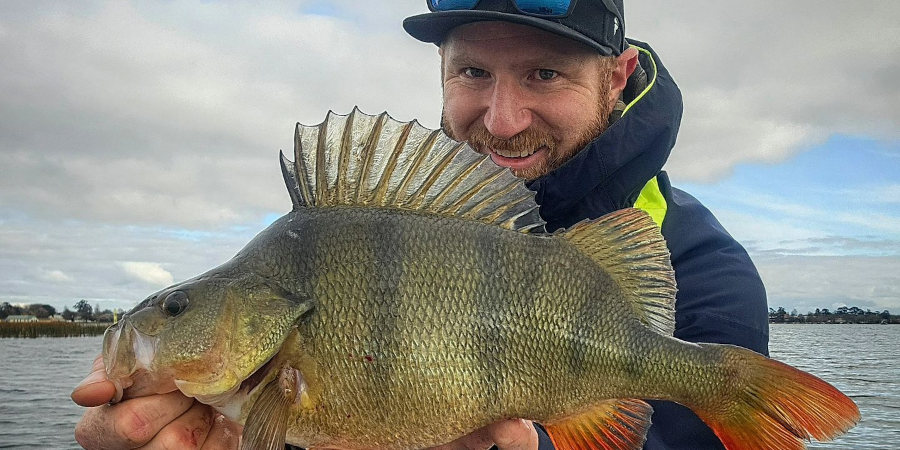
Advanced Soft Plastic Techniques With Rory Benn-Clibborn
This interview with Rory Benn-Clibborn is EPISODE 679. Check out our archives for more information on Lure Fishing In Australia!In this masterclass, I chat with Rory Benn-Clibborn from Perch Palm Lures about various advanced techniques for fishing with soft plastic...
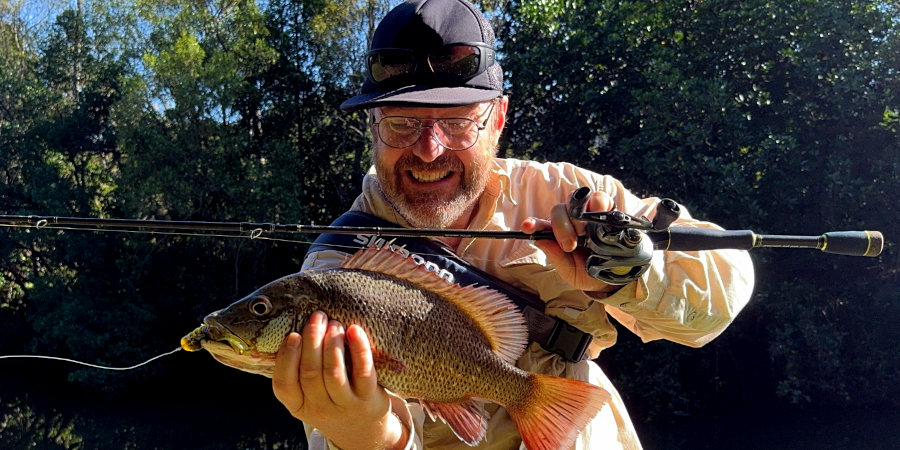
Mastering Stealth: Techniques for Fishing in Pressured Waters
In today’s episode we’re exploring the five top tips for catching fish in waterways that cop a lot of fishing pressure.
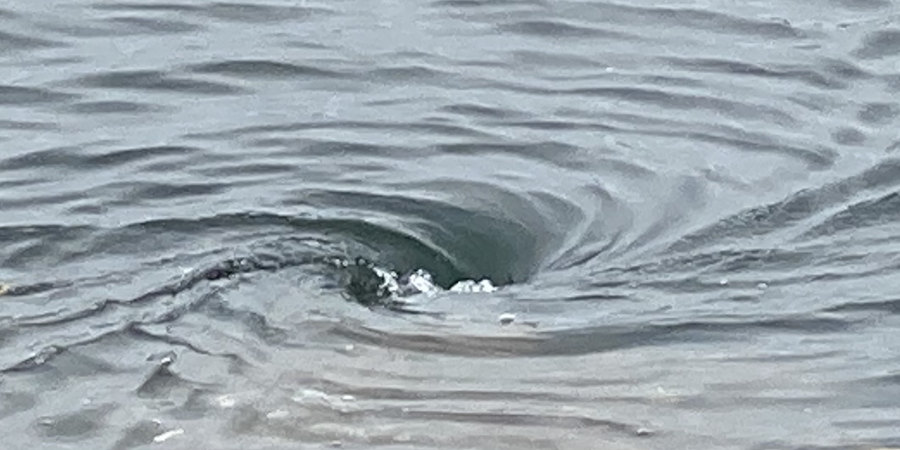
Finding Fish In Any Water Body
There’s a simple way to quickly and reliably identify where the fish will be congregated to feed…. and that’s the topic of todays ALF podcast episode.
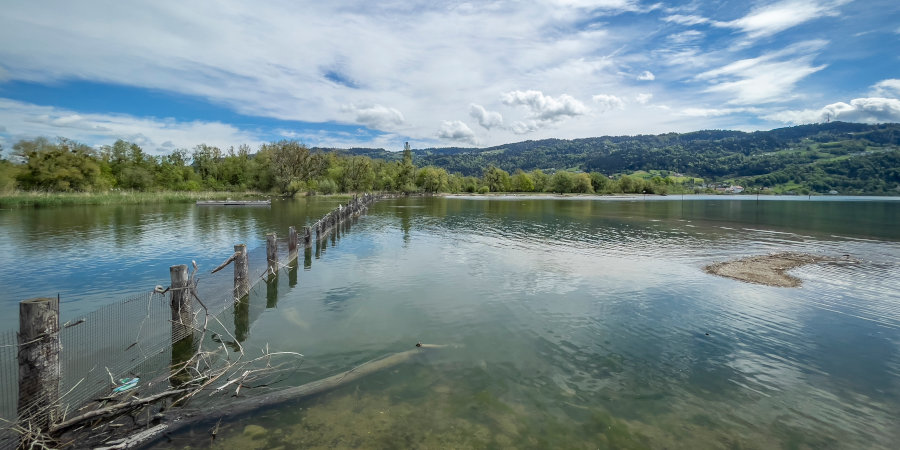
Best Times To Fish. Does No Run Really Mean No Fun?
Does the rule “where there’s no run there’s no fun” hold true? Greg explores the importance of water movement in all water bodies when it comes to aggregating bait and attracting sports fish.

Fishing Through The Lens Of SCF Content Creator Bonnie Cheung
Topwater Film Invitational: Today we talk to SCF content creator Bonnie Cheung and get a creative’s perspective on fishing video content.

Topwater Film Invitational 2023: Team “Girls Gone Wild”
SCF Topwater Film Invitational competitor Kristin Goodchild comes onboard to give us a glimpse behind the scenes of the 2023 event.
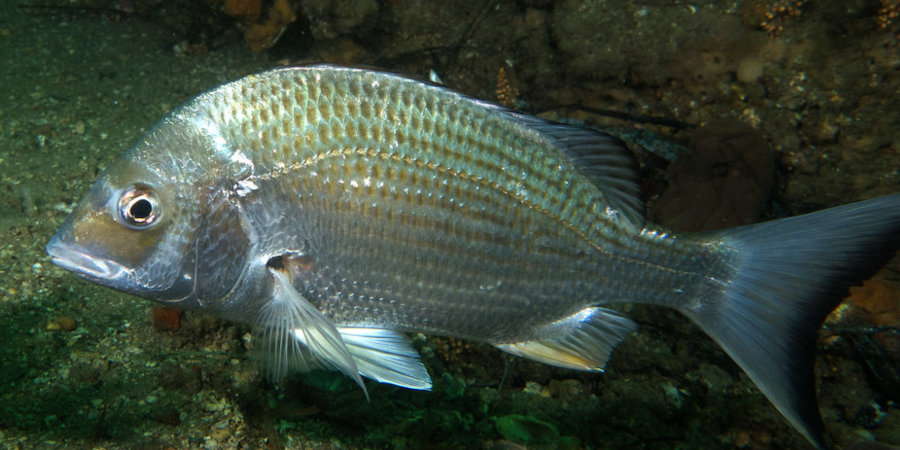
The Art Of Luring Bream
Tim “The Bream” Morgan is highly respected for his achievements on the tournament bream circuit, so when he gets chatting to fellow bream gun Andrew Death, you’d better believe that the pro tips will start flowing!
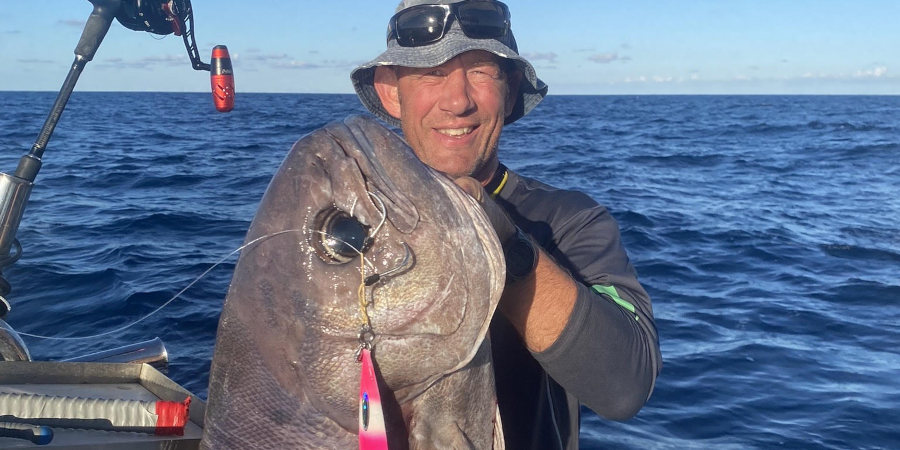
Episode 626: Advances in Deep Slow Pitch Jigging with Jim Potts
Deep drop slow pitch jigging is one of those areas where anglers are always pushing the limits of their gear and the available techniques. Jim Potts is at the forefront of the deep slow pitch revolution and shares his learnings as he modifies and develops tackle to meet his specific fishing needs.
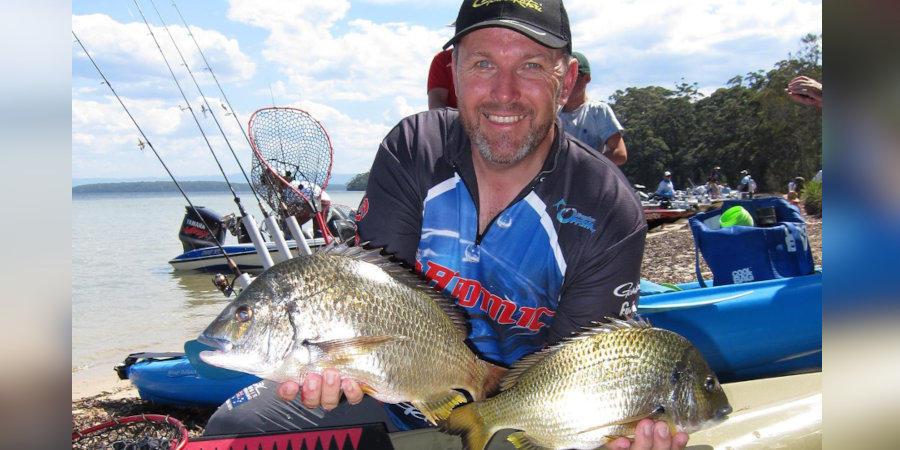
Episode 620: Maximise Your Fishing With Andrew Death
Tournament anglers approach their fishing a little differently than most social anglers. So what can we learn that might help us maximise our enjoyment and results when we’re not fishing competitively?
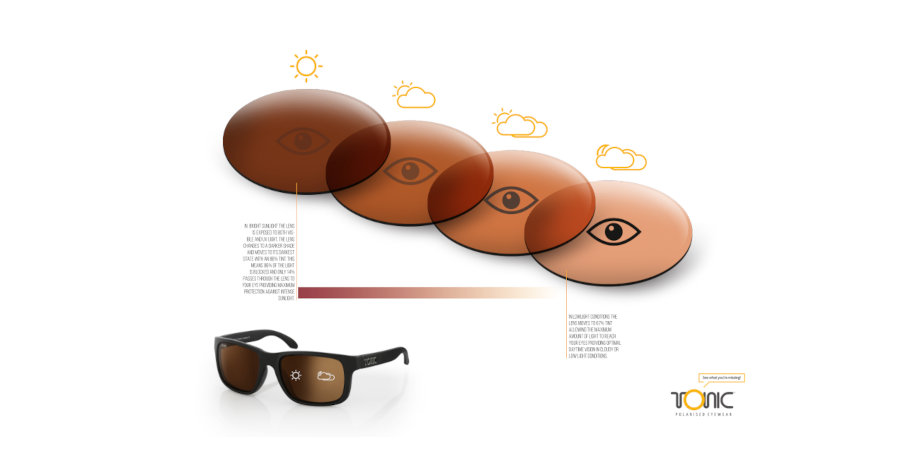
Ultimate Guide To Australia’s Best Polarised Fishing Sunglasses
There are lots of places in fishing you can save a buck, but polarised sunglasses are not one of them. Anglers are exposed more than most to harsh glare and UV, both of which can cause painful, debilitating and permanent eye damage. So, it’s hard to understate the importance of quality eyewear. Here’s what you should know.

Episode 614: Ten Soft Plastic Lure Fishing Hacks With Greg Vinall
There are millions of ways of rigging, modifying, upgrading, or otherwise improving soft plastic lures for specific fishing applications. In today’s episode I share a few of my favourites.
Soft Plastic Lure Fishing Hacks 101 With Greg Vinall
EPISODE # Check out our archives for more information on Botany Bay Fishing Spots!Fishing with soft plastic lures can be incredibly rewarding if you know how to use them effectively. With over 25 years of experience, I've picked up a range of tips and tricks that can...

Advanced Soft Plastic Techniques With Rory Benn-Clibborn
This interview with Rory Benn-Clibborn is EPISODE 679. Check out our archives for more information on Lure Fishing In Australia!In this masterclass, I chat with Rory Benn-Clibborn from Perch Palm Lures about various advanced techniques for fishing with soft plastic...



0 Comments